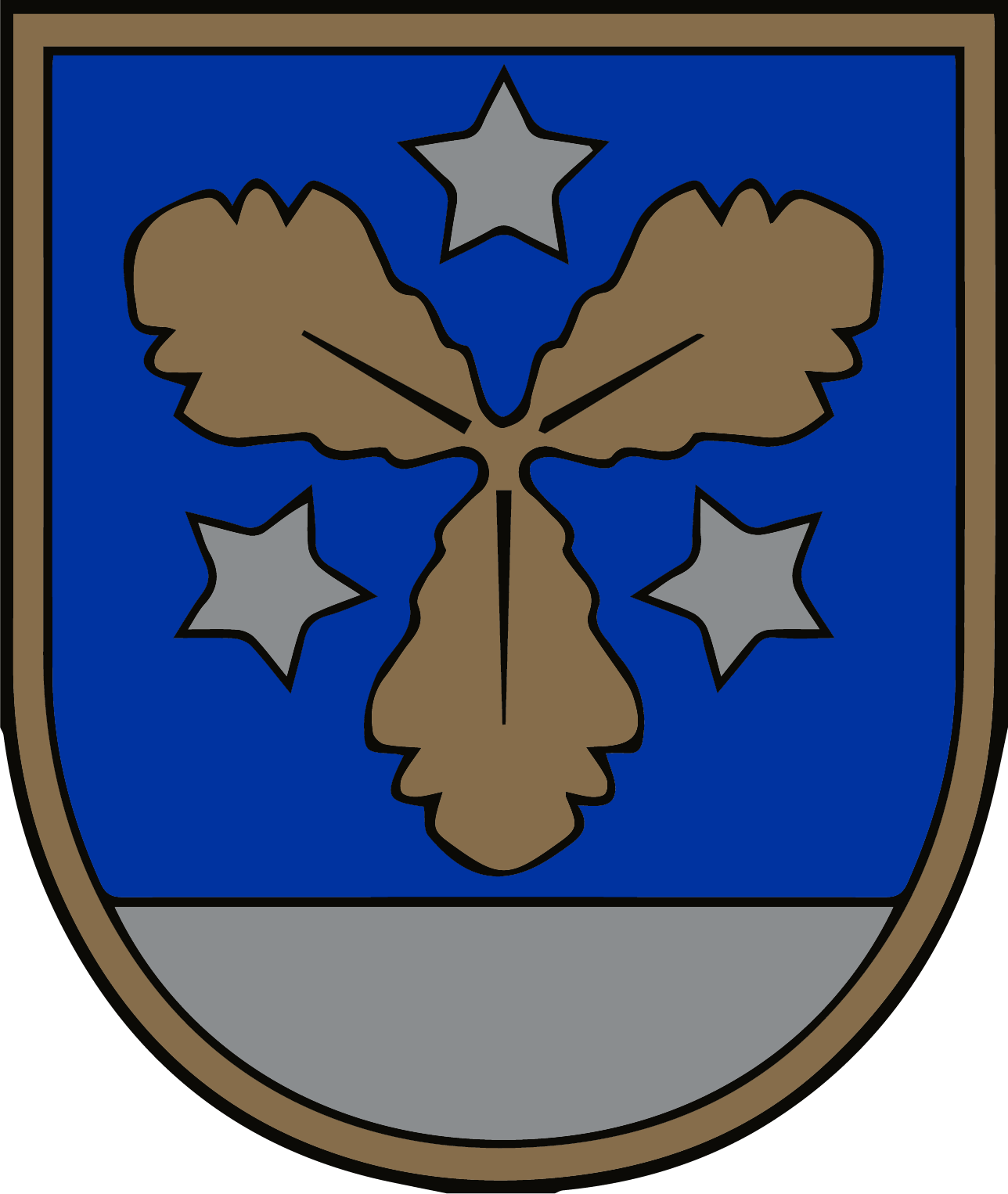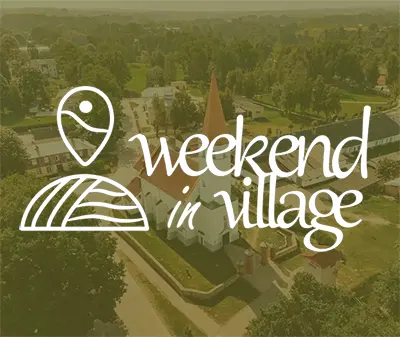(Audio Guide) From the former Ascheraden to the modern-day Aizkraukle
13.06.2022The Daugava River has always played an important role in the history of Aizkraukle.
It was formerly known by its German name of Ascheraden, which had travelled along with people and the settlement itself at different locations over the centuries, mainly a few kilometres downstream or upstream the Daugava River. In the recent past, it was established as a settlement to house the builders of the near hydroelectrical power plant, called Stučka. Later it was renamed Aizkraukle.
But what do the former and modern-day Aizkraukle have in common?
The Livonian Chronicle of Henry describes several historic events involving the Aizkraukle Hillfort and the ancient trading cities. At that time, there used to be a passage on the Daugava River and a road leading from Kurzeme, through Zemgale and Sēlija, to Vidzeme. Even the epic poem “The Bear-Slayer” mentions the lord Aizkrauklis and his daughter Spīdala.
It also mentions the Aizkraukle Hillfort located less than one kilometre away from the Aizkraukle Lutheran Church with its history of three centuries, the Castle of the Order of the Brothers of the Sword at the mouth of the Karikste River where it meets the Daugava River, and the first laws for peasants, also known as the Peasant Law issued by the Aizkraukle landlord Schultz von Ascheraden in the middle of the 18th century, which provided for more rights for the serfs.
However, the most significant landmark of the modern-day Aizkraukle located on the banks of the Daugava River is one of the strategically important infrastructure objects of the Soviet Union – the Pļaviņas Hydroelectric Power Plant, which was constructed in the 1960’s by builders from different parts of the vast territory of the Soviet Union. The beginnings of the town were not without their challenges, as at first, the builders would live in tents and later in barracks, until finally five-storey buildings were built. The new town was called Stučka for Pēteris Stučka, the leader of the former Soviet government of Latvia. On 10 January 1967, it became an administrative centre. Upon commencement of the Awakening in 1990, Stučka was renamed Aizkraukle.
Times change, and so does this place. Nowadays, the Daugava River is a neighbour of each and every resident of Aizkraukle, as the river can be seen from nearly every window! The town itself is small, peaceful, humane, and very welcoming, without pompous luxury. Here, the cultural, historical, and industrial style intertwines with the modern style. You can make sure of it, walking on the promenade along the banks of the Daugava River, strolling through the town centre, and visiting the cultural-historical complex of the museum “Kalna Ziedi”.
 The project "Use of unique geological and geomorphological nature values in the development of green educational tourism" (LLI-483, GEOTOUR) is implemented under the Interreg V-A Latvia-Lithuania Cross-border Cooperation Programme 2014-2020.
The project "Use of unique geological and geomorphological nature values in the development of green educational tourism" (LLI-483, GEOTOUR) is implemented under the Interreg V-A Latvia-Lithuania Cross-border Cooperation Programme 2014-2020.
The objectives of the project are to create a sustainable and educational tourism offer, to increase the flow of visitors to the regions, to improve knowledge and understanding of the unique natural values.
Total project funding: EUR 649 972.15 (including ERDF funding - EUR 552 476.31), Aizkraukle municipality funding - EUR 165 913.42, of which ERDF funding - EUR 141 026.40 and municipal co-financing - EUR 24 887.02.
Information on the Interreg V-A Latvia-Lithuania Cross-Border Cooperation Programme 2014-2020 http://www.latlit.eu,
Official website of the European Union http://europa.eu/
This publication has been produced with the financial support of the European Union.
The content of this publication is the sole responsibility of Aizkraukle Municipality and can under no circumstances be regarded as an official position of the European Union.
Link to the municipality's website about the project LLI-483 “Unikālu ģeoloģisko un ģeomorfoloģisko dabas vērtību izmantošana zaļā izzinošā tūrisma attīstībā'' | Aizkraukles novada pašvaldība
- Aizkraukle municipality and Koknese tourism information centre
1905. gada iela 7, Koknese
(+371) 29275412, (+371) 65161296 - Aizkraukle tourism information point
Lāčplēša iela 4, Aizkraukle
(+371) 25727419 - Jaunjelgava tourism information point
Jelgavas iela 33, Jaunjelgava
(+371) 27366222 - Plavinas tourism information point
Daugavas iela 49, Pļaviņas
(+371) 22000981 - Skrīveri Tourism Information Point
Daugavas iela 85, Skrīveri, Skrīveru pagasts
(+371) 25661983 - Staburags tourism information point
Staburaga saieta nams, 2. stāvs, Staburags, Staburaga pagasts
(+371) 29892925 - Nereta tourism information stand
Dzirnavu iela 5, Nereta, Neretas pagasts
(+371) 26674300 - Mazzalve tourism information
Skolas iela 1, Ērberģe, Mazzalves pagasts
(+371) 26156535 - Irši manor barn - Magazina
Irši, Iršu pagasts
(+371) 26344757






